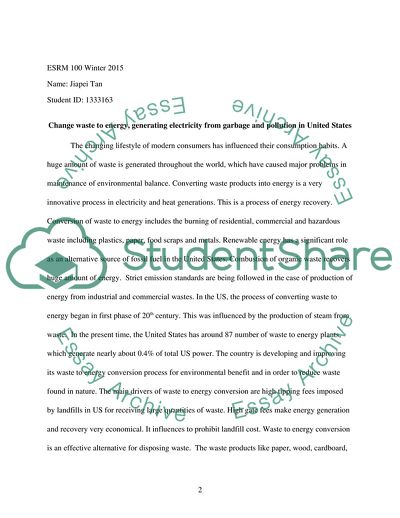Cite this document
(Generating Electricity from Garbage Assignment Example | Topics and Well Written Essays - 3500 words, n.d.)
Generating Electricity from Garbage Assignment Example | Topics and Well Written Essays - 3500 words. https://studentshare.org/environmental-studies/1859294-change-waste-to-energy-generating-electricity-from-garbage-and-pollution-in-united-states
Generating Electricity from Garbage Assignment Example | Topics and Well Written Essays - 3500 words. https://studentshare.org/environmental-studies/1859294-change-waste-to-energy-generating-electricity-from-garbage-and-pollution-in-united-states
(Generating Electricity from Garbage Assignment Example | Topics and Well Written Essays - 3500 Words)
Generating Electricity from Garbage Assignment Example | Topics and Well Written Essays - 3500 Words. https://studentshare.org/environmental-studies/1859294-change-waste-to-energy-generating-electricity-from-garbage-and-pollution-in-united-states.
Generating Electricity from Garbage Assignment Example | Topics and Well Written Essays - 3500 Words. https://studentshare.org/environmental-studies/1859294-change-waste-to-energy-generating-electricity-from-garbage-and-pollution-in-united-states.
“Generating Electricity from Garbage Assignment Example | Topics and Well Written Essays - 3500 Words”. https://studentshare.org/environmental-studies/1859294-change-waste-to-energy-generating-electricity-from-garbage-and-pollution-in-united-states.


